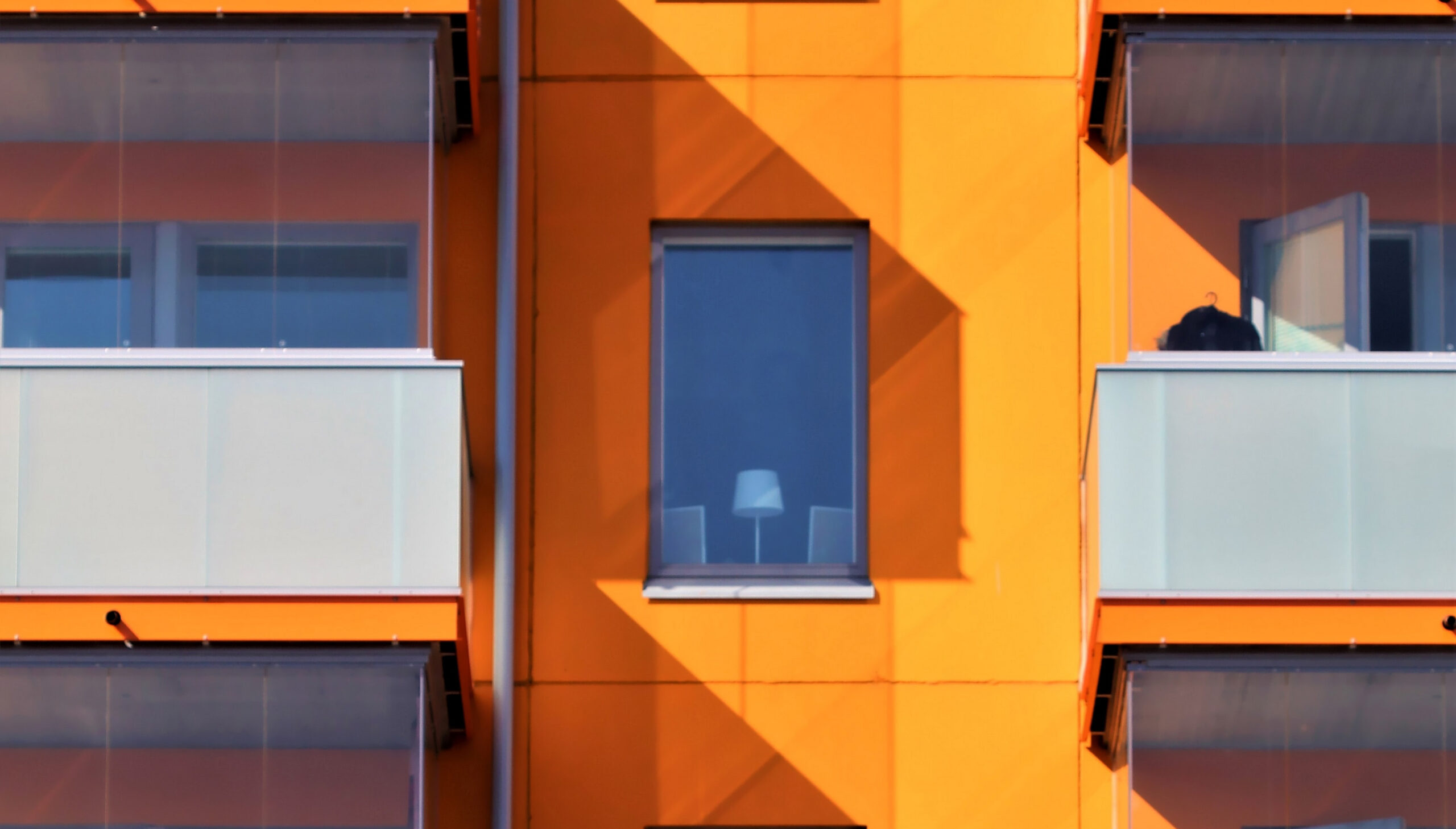What is Overshadowing and How Does It Impact Building Designs?
Overshadowing can be a real problem for communities and property developers. Here’s how you can avoid it.
How would you feel if your house is suddenly overshadowed by a huge building? Would it be okay if you had no direct access to sunlight and heating? Probably not. Most people would not agree to such dire living conditions if they can do anything about it.
Therefore, overshadowing is a phenomenon that new property developers need to constantly be wary about. That’s because sunlight, daylight, and temperature all affect the quality of life in residential areas and even in commercial spaces.
So, if you’re planning to develop property anywhere in Australia, chances are that you’ll be asked to submit a shadow diagram. A shadow diagram is a common requirement for building permit submissions as it ensures that neighbouring properties won’t be affected by the new building’s overshadowing.
This article will tackle the issue of overshadowing in more detail and why it’s important that property developers know about it.
Overshadowing Explained
Overshadowing refers to the shadow cast by a building or a property on nearby properties.
When a building overshadows other properties, it does not just affect the amount of light that enters the affected areas. Depending on the level of obstruction and climate, overshadowing can also increase the estimated heating load and reduce the cooling loads of nearby properties.
The heating load is the amount of heat energy needed to maintain the indoor temperature at an acceptable range. Meanwhile, the cooling load is the opposite. It’s the amount of heat energy that needs to be removed to keep the indoor temperature acceptable.
That’s why when a building is poorly-designed or badly placed, it can cast a shadow that affects the quality of life of the residents surrounding the said building. It is therefore crucial on the part of property developers to avoid or minimise overshadowing as early as the design stage.
What most councils are looking for when it comes to overshadowing include the following:
- Are backyards or private open spaces being overshadowed?
- Are solar panels on nearby properties being blocked?
- Will windows of habitable rooms of neighbouring properties be blocked? These habitable rooms include bedrooms, dining rooms, living, rooms, and family rooms, among others.
To avoid overshadowing, property developers need to know two things:
- The building’s distance to other areas.
- The building’s height in relation to nearby properties.
In reality, complete overshadowing may not be entirely avoided. That’s why what matters most for property developers is to keep in mind how severe the impact of their new property or extension will be on the quality of life of their neighbours.
If the planned construction or extension will have grave effects on their neighbours’ lives, then the property will most likely not be granted any building permit.

Overshadowing Regulations in Australia
Let’s also look at the overshadowing policies implemented in the largest states of Australia:
New South Wales
Policymakers of New South Wales are generally more interested in knowing the worst-case scenario when it comes to overshadowing in their state. This means that they want to see shadow diagrams during the Winter Solstice—when sunlight is most needed.
The NSW Government also imposes a rule under the amended State Environmental Planning Policy that prevents further overshadowing of Prince Alfred Park at any time of the year.
Victoria
In Victoria, authorities are more concerned about how shadows will be cast during the height of the day on the Equinox. It is because this is the time of the year when the shadows will be at their longest. This is the worst-case scenario when it comes to overshadowing neighbouring spaces.
How to Avoid or Minimise Overshadowing
You now have the knowledge of the grave effects of overshadowing on neighbouring communities. So, it’s time to look at the perspective of property developers:
How should property developers handle overshadowing to ensure that planned projects will push through?
Here are two tips:
Tip #1: Know the Overshadowing Policies in Your Area
As mentioned above, overshadowing policies differ from state to state. But each city might also have their own overshadowing policies that you need to take note of. It’s crucial to check this out before starting the design phase to avoid any issues.
Tip #2: Determine the Impact of Geographic Location and Climate on Overshadowing
Overshadowing varies depending on the building’s location and the time of the year. Generally speaking, the direction and length of shadows depend on the position of the sun and how long the sun stays up each day.
Do extensive research to make sure that you can prevent or minimise overshadowing. This can be done through reliable software that can quickly assess possible overshadowing and other necessary information at a glance.
Avoiding Overshadowing Requires A Balancing Act
In the end, shade or shadows provided by buildings both have advantages and disadvantages to the communities they belong to.
During certain weather conditions, anyone would be thankful for the shade that a building can provide. But if the building overshadows other neighbouring areas—especially public spaces—then as mentioned earlier, it will negatively impact the quality of life of residents.
Property developers must therefore balance the need for daylight, the need for shade, and the need for functional yet creative buildings when designing their new projects.
The good news is you can kickstart your daylight analysis with Archistar’s Property Analytics engine.
Conduct a quick Sunlight Analysis to assess sunlight exposure, ground shadows, and building separation at a glance. With Archistar, you’ll avoid horror stories like realising you have insufficient levels of sunlight during expensive, late-stage analysis.
Get started for free: [https://www.archistar.ai/]

